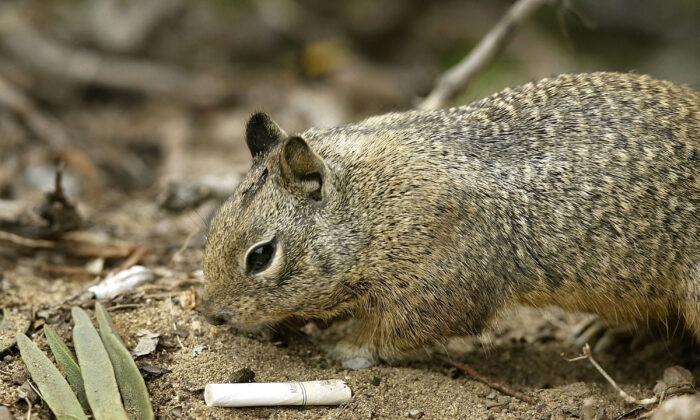A squirrel tested positive for the bubonic plague in Colorado, said officials.
The squirrel has the first case of the plague, known as the Black Death in the Middle Ages, and it was discovered in the Town of Morrison in Jefferson County, located 17 miles southwest of Denver.
“Humans may be infected with plague through bites from infected fleas, by the cough from an infected animal or by direct contact (e.g., through a bite) with blood or tissues of infected animals,” the officials said. “Cats are highly susceptible to plague and may die if not treated promptly with antibiotics. Cats can contract plague from flea bites, a rodent scratch/bite or ingestion of a rodent.”
The plague doesn’t pose as high of a risk to dogs, officials said, adding that they might “pick up and carry plague-infected rodent fleas.”
“Pet owners who suspect their pets are ill should consult a veterinarian,” the statement said. “All pet owners who live close to wild animal populations, such as prairie dog colonies or other known wildlife habitats, should consult their veterinarian about flea control for their pets to help prevent the transfer of fleas to humans.”

“The bacteria multiply in the lymph node closest to where the bacteria entered the human body. If the patient is not treated with the appropriate antibiotics, the bacteria can spread to other parts of the body,” officials said.
Jefferson County health official added that the symptoms can develop within two to seven days of exposure. Antibiotics can treat the plague when administered early on.
The county did not say what species of squirrel was infected with the disease.
The two other types of the disease are pneumonic plague and septicemic plague, the CDC says.
Earlier this month, Chinese Communist Party officials in the Inner Mongolia region issued a “level three early warning” for plague prevention after a case was discovered in a herder in Bayannur. They warned people not to eat marmots, a type of large ground squirrel.
Marmots are said to have caused a plague epidemic in 1911.





